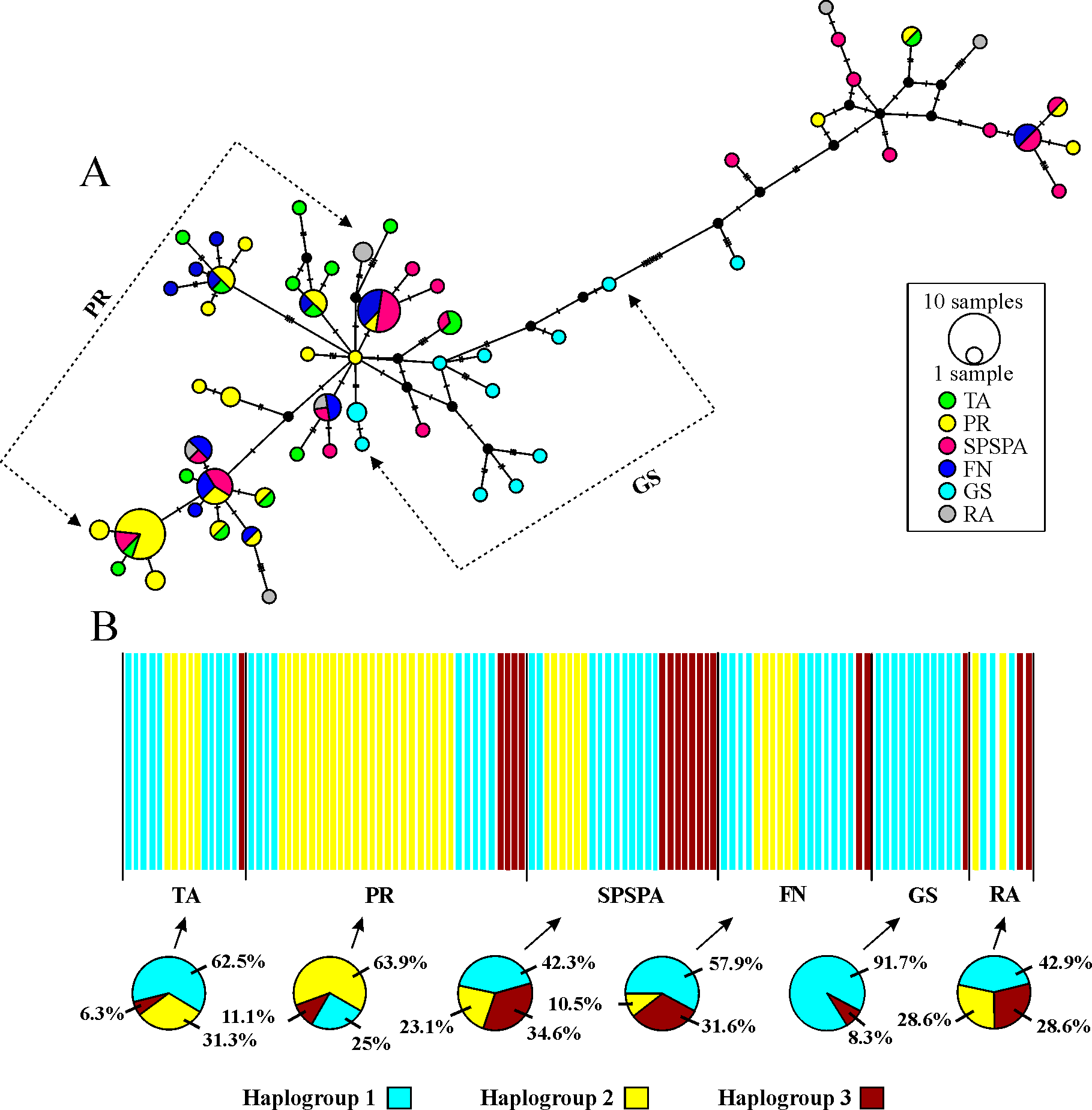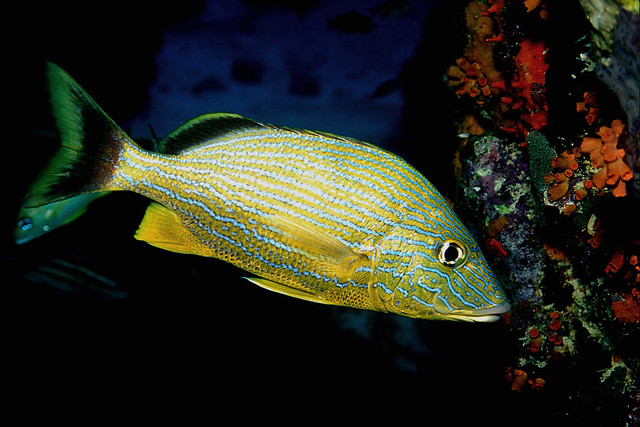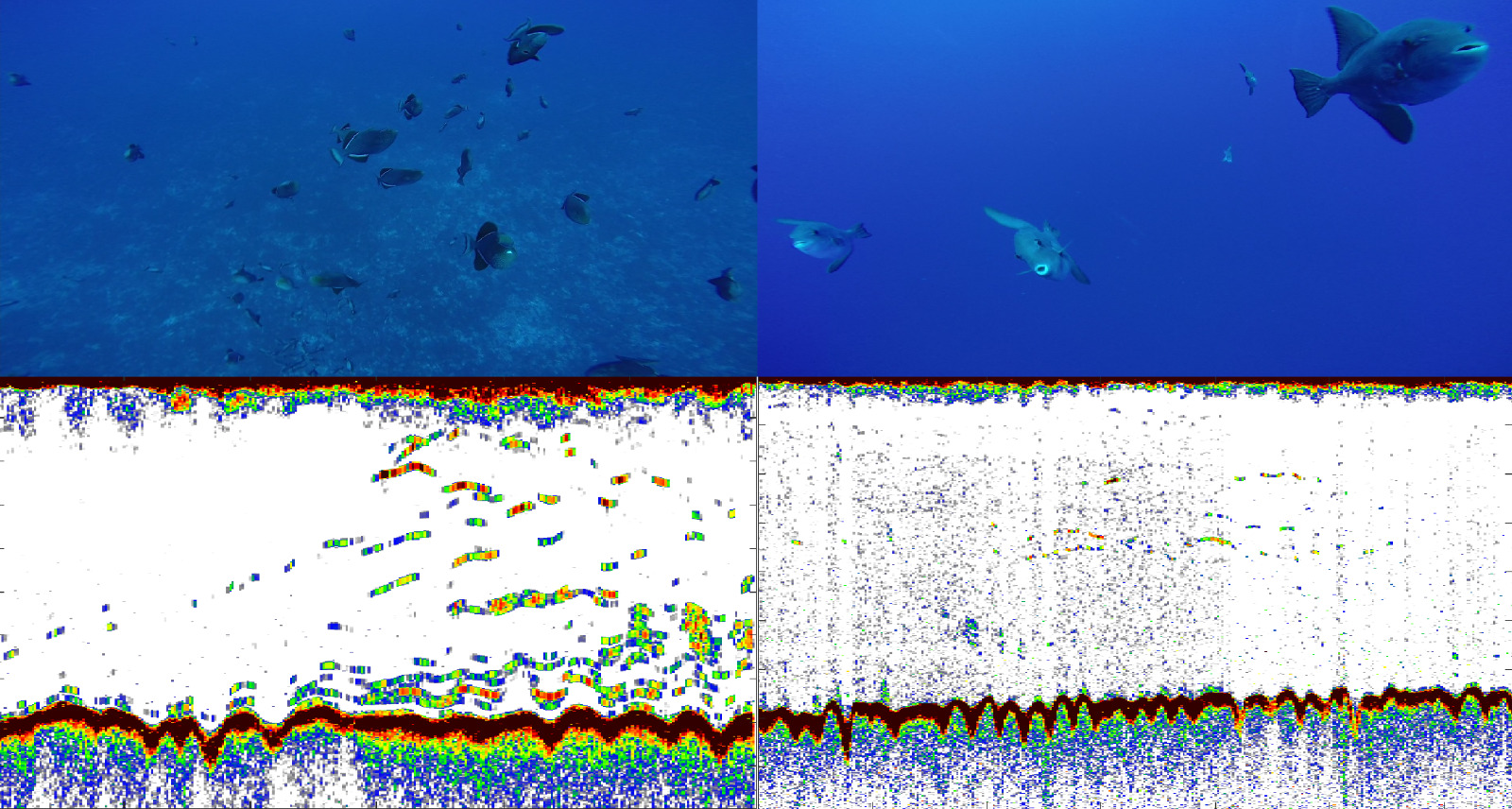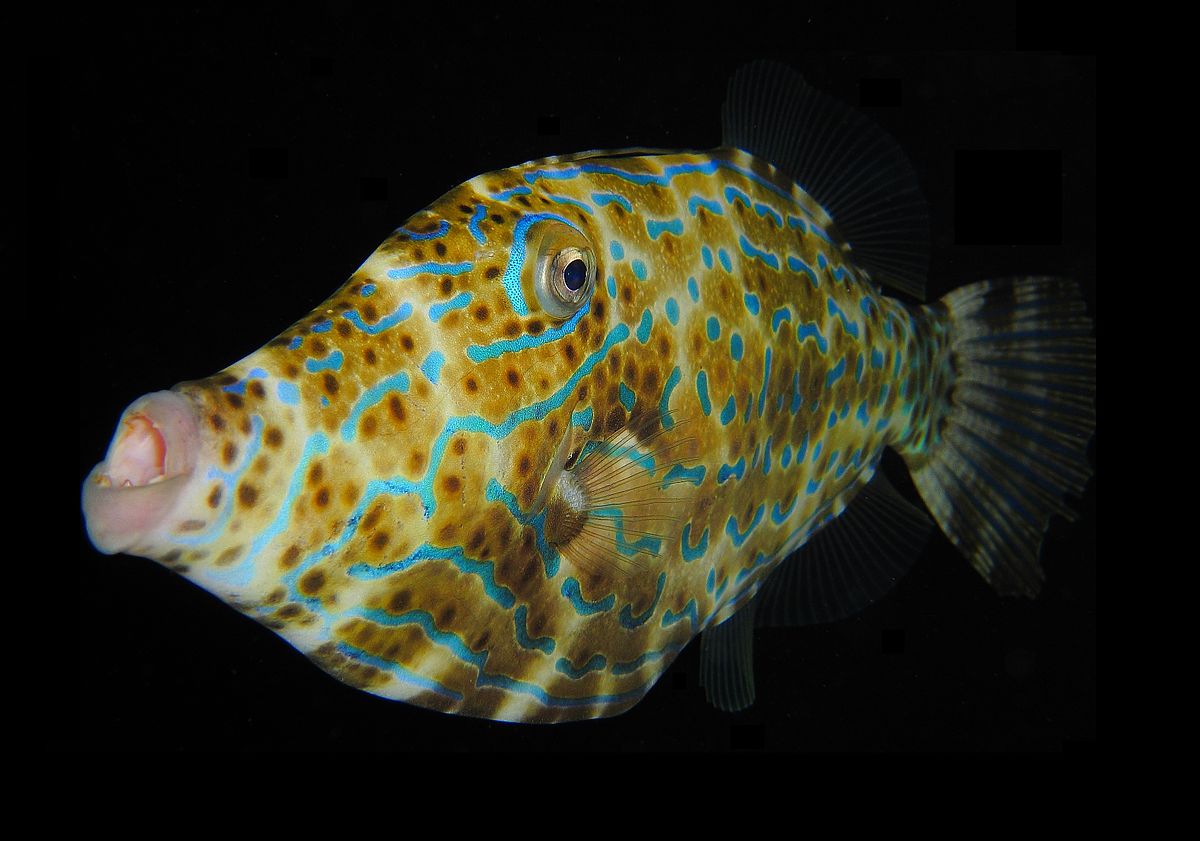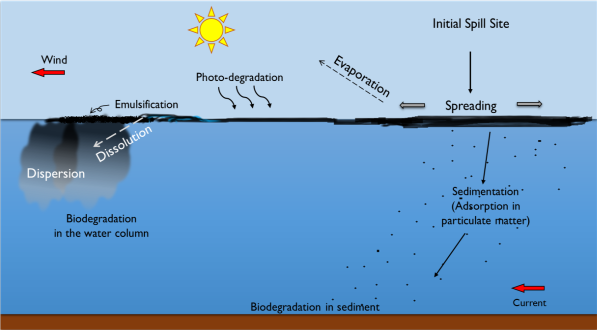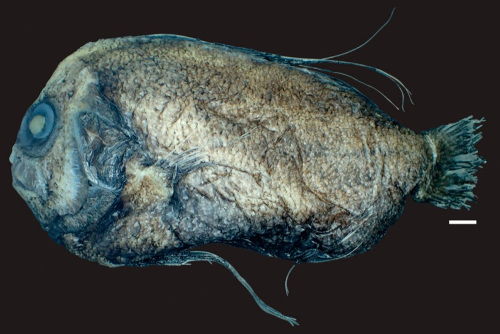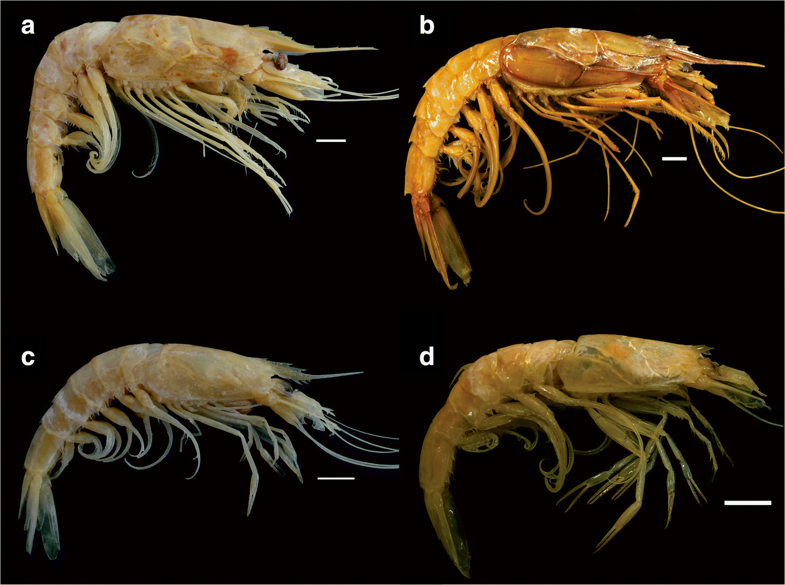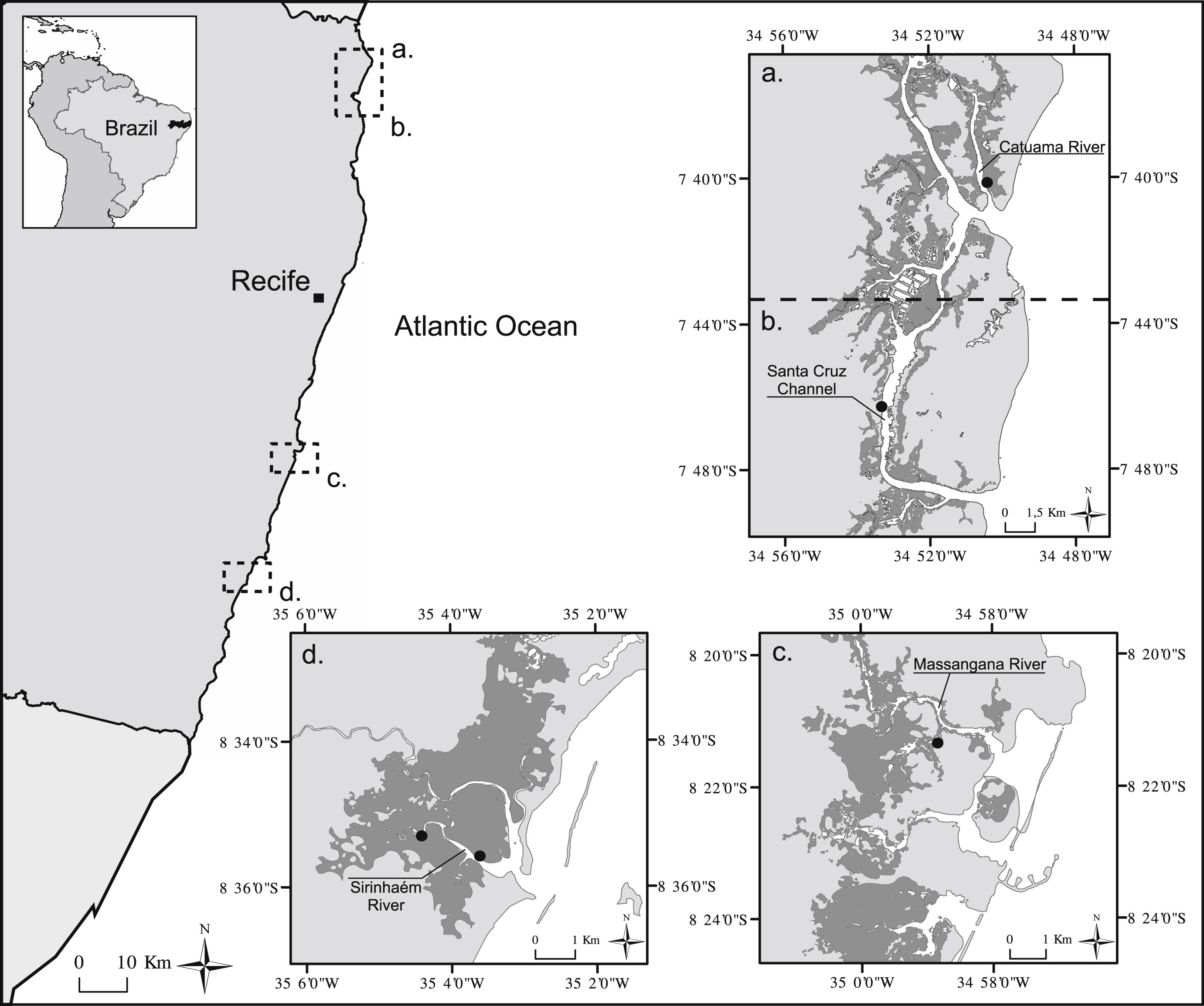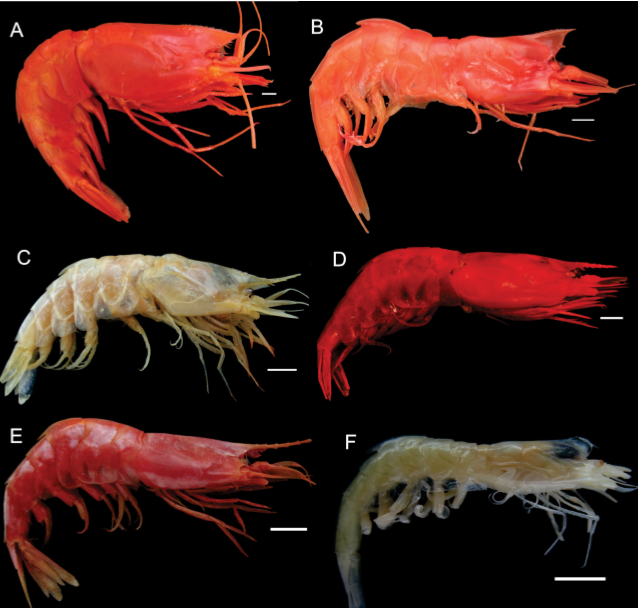The phylogeography of the holoplanktonic chaetognath Flaccisagitta enflata was investigated in the Tropical Western Atlantic (TWA). Considering the cosmopolitan range of this species and the
Highlights Haemulidae are broadly distributed through Northeast coast of Brazil due to the complex habitat presents in this region. H. plumierii, H. aurolineatum and H.
Triggerfish are widely distributed in tropical waters where they play an important ecological role. The black triggerfish Melichthys niger may be the dominant species around
1. Tetraodontiformes fishes play a critical role in benthic and demersal communities and are facing threats due to anthropogenic impacts and climate change. However, they
In this work we coupled the Ocean Modelling System – ROMS Regional Oceanic Circulation model with the MEDSLIK-II hydrocarbon dispersion model to simulate the evolution
This study reports the occurrence of the oceanic basslet (Howellidae) in Brazilian waters. Bathysphyraenops simplex Parr, 1933, a rare species with a worldwide distribution, is
The manefishes of the family Caristiidae are rare, poorly known deep-sea species with broad geographical distribution. This study provides new information on the diversity and
The superfamilies Penaeoidea Rafinesque, 1815 and Sergestoidea Dana, 1852 are composed by prawns, which occur from costal zones to deep-sea zones, reaching around 5000 m
We investigated the trophic niches and the resource partitioning of two snook species, the common (Centropomus undecimalis) and the fat snook (C. parallelus), in four
In this paper, we provide some available information about the occurrence and some taxonomic aspects of 19 species from the Superfamily Oplophoroidea in the southwestern



